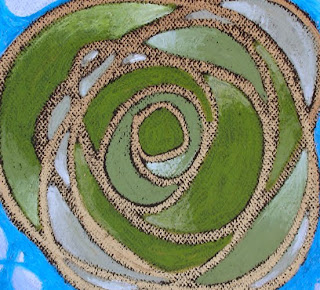AAAAAI8/aVdQFQMFXZw/s320/the+dreaming+tree.jpg” border=”0″ alt=”” width=”109″ height=”320″ />
ot.com/_vq5xfNWGQzU/S5rOh_1TYxI/AAAAAAAAAI0/m2mqFVwWgFw/s320/slowly+surely.jpg” border=”0″ alt=”” width=”319″ height=”320″ />




December and January.
 I’ve been painting like a mad woman and will until mid- March for a large one-woman show at the Rogue Gallery & Art Center in Medford. Atleast 20 new large paintings, all with natural pigments and nut oils and other elements from the earth!
I’ve been painting like a mad woman and will until mid- March for a large one-woman show at the Rogue Gallery & Art Center in Medford. Atleast 20 new large paintings, all with natural pigments and nut oils and other elements from the earth! Collecting some nice yellow ochre in the Illinois Valley (while 5 months pregnant).
Collecting some nice yellow ochre in the Illinois Valley (while 5 months pregnant).ot.com/_vq5xfNWGQzU/Swc_agDP3oI/AAAAAAAAAHI/hP25X1xmAVk/s320/egg+tempera.jpg” alt=”” width=”320″ height=”162″ border=”0″ />
Just like oil paints, the recipe is a simple mixture of the binder with the pigments to produce the proper consistency. The first step is to properly separate the egg from the white. Break open an egg, cleanly separating the yolk from the white. Keeping the yolk whole, dry it by passing it back and forth in the palms of your hands, drying the palm with each pass (or roll it on a papertowel). The yolk must then be removed from the sack. This is easily done by holding the yolk over a dish or jar with your thumb and forefinger, piercing the sack to allow the contents to flow out. Discard the empty sac. The yolk itself can then be mixed directly with your dry pigments using water to lengthen. A drop or two of Clove Oil can be added to slow spoilage.







